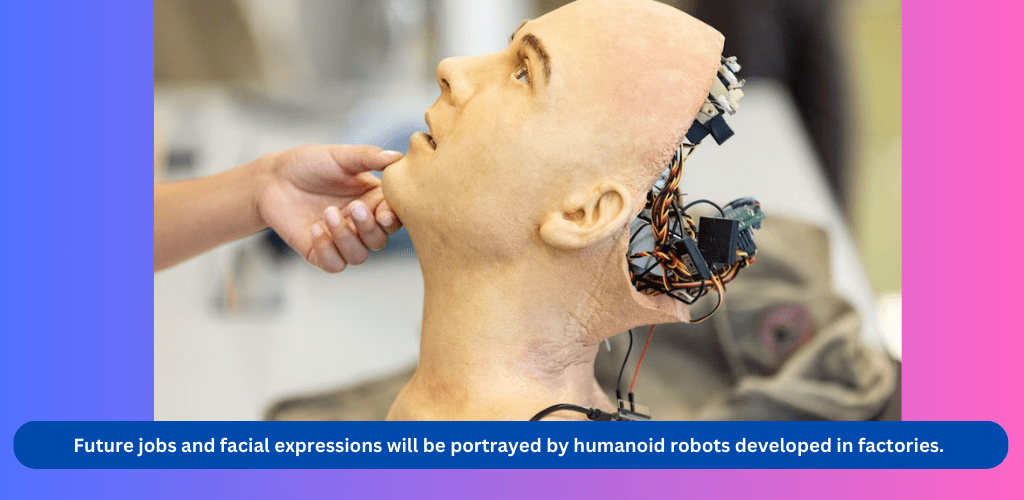
In recent years, artificial intelligence humanoids have made significant strides, captivating the imagination of both technologists and the general public. These advanced robots, designed to mimic human appearance and behavior, represent a fascinating convergence of technology and biology. The quest to create robots that look like humans has driven innovation in various fields, from robotics and computer science to cognitive science and ethics.
The Evolution of Humanoid Robots
The concept of humanoid robots is not new. For decades, scientists and engineers have been working towards developing robots that can perform human-like tasks with precision and efficiency. The integration of artificial intelligence (AI) into these robots has taken their capabilities to new heights. Artificial intelligence humanoids are now equipped with sophisticated algorithms that enable them to learn, adapt, and interact with their environment in ways that were previously unimaginable.
Key Features of AI Humanoids
One of the most striking features of artificial intelligence humanoids is their ability to engage in complex interactions. These robots are programmed with advanced natural language processing (NLP) systems, allowing them to understand and respond to human speech. This capability is crucial for applications in customer service, healthcare, and education, where effective communication is essential.
Moreover, robots that look like humans are designed with intricate sensory systems. They can see, hear, and even feel, thanks to a combination of cameras, microphones, and tactile sensors. This sensory input is processed by AI algorithms, enabling the robots to make decisions and perform actions that are contextually appropriate. For instance, in a healthcare setting, an AI humanoid can assist with patient care by monitoring vital signs and providing companionship.
Applications and Implications
The applications of artificial intelligence humanoids are vast and varied. In industrial settings, they can perform repetitive or dangerous tasks with high precision, improving efficiency and safety. In the service industry, these robots can enhance customer experiences by providing personalized assistance. Furthermore, in educational environments, AI humanoids can serve as tutors, offering tailored instruction to students based on their individual learning needs.
However, the rise of robots that look like humans also brings about ethical and societal considerations. As these robots become more integrated into daily life, questions about privacy, security, and the potential displacement of human workers arise. Ensuring that AI humanoids are designed and deployed responsibly is crucial to addressing these concerns.
Challenges and Future Directions
Despite the impressive advancements, the development of artificial intelligence humanoids faces several challenges. Achieving seamless human-robot interaction remains a significant hurdle, as does ensuring the safety and reliability of these machines in real-world settings. Additionally, the ethical implications of creating robots that can mimic human emotions and behaviors require careful consideration.
Looking ahead, the future of artificial intelligence humanoids holds exciting possibilities. Researchers are continuously exploring ways to enhance the cognitive and physical capabilities of these robots. Advances in machine learning, neural networks, and biomechanics are expected to drive the next generation of humanoid robots, making them even more versatile and lifelike.
Conclusion
Artificial intelligence humanoids represent a remarkable achievement in the field of robotics. With their ability to perform complex tasks, interact naturally with humans, and adapt to various environments, these robots are poised to revolutionize multiple industries. However, their development also necessitates careful consideration of ethical and societal impacts. As technology continues to evolve, the potential of robots that look like humans will undoubtedly expand, offering new opportunities and challenges for the future.
Read More Blog Post :
Fuhr claims that the Oilers are "riding the wave" going into Game 6 of the Stanley Cup Final.


